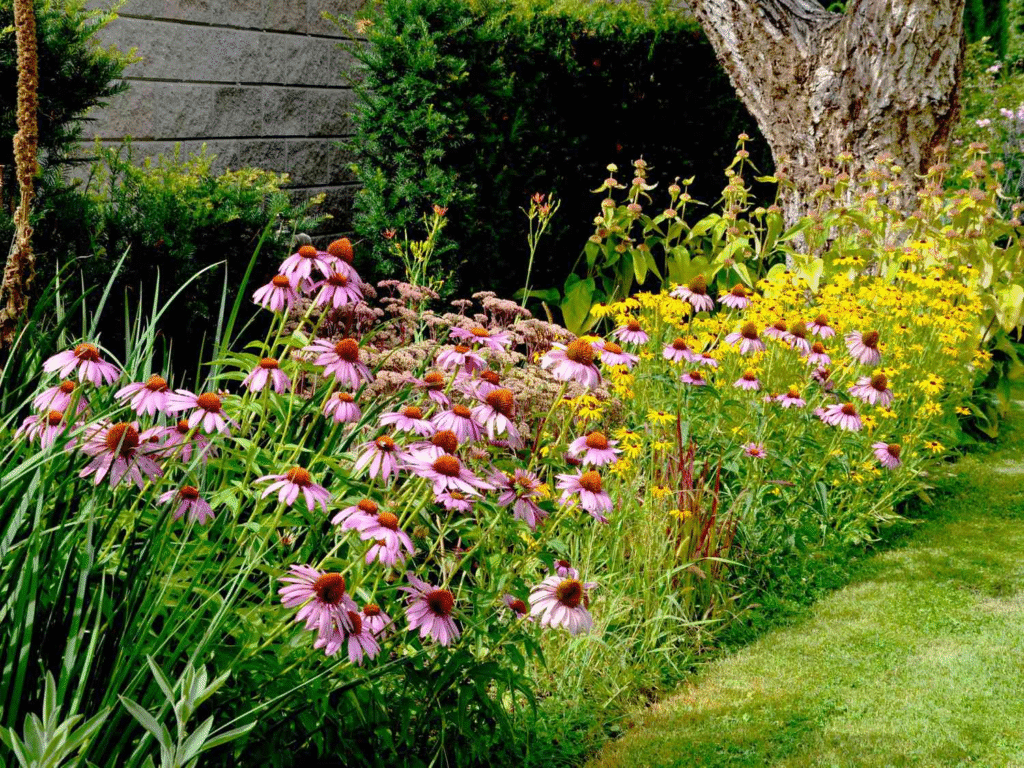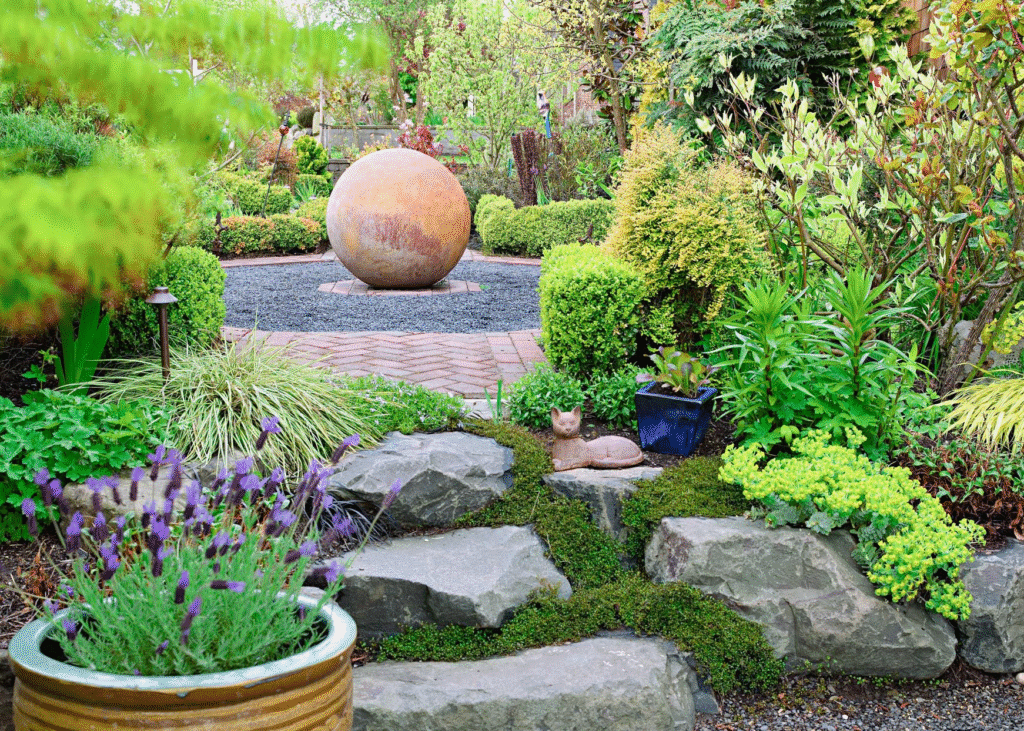
With rising temperatures and unpredictable rainfall becoming the new normal, gardeners and homeowners are turning to drought-tolerant plants to save water and maintain beautiful landscapes. Whether you’re living in a dry region or simply want to lower your water bills, switching to drought-resistant plants is a smart, sustainable choice.
In this article, we’ll explore what drought-tolerant plants are, how to choose them, and which varieties are perfect for your garden. We’ll also look at the added benefits these hardy plants bring—not just for the environment, but for your wallet and peace of mind.

Drought-tolerant plants, sometimes called xerophytes, are species that have adapted to survive with minimal water. These plants thrive in dry soil and hot temperatures, making them ideal for areas with water restrictions or regions prone to drought.
But choosing drought-tolerant plants isn’t just about water conservation. It’s also about creating a garden that’s low-maintenance, cost-effective, and naturally resilient. Many of these plants are also resistant to pests and diseases, which means less need for chemical sprays or constant care.
As global climate patterns shift, regions that were once lush are now experiencing longer dry spells and water shortages. Cities across the world are enforcing tighter water regulations, pushing residents to rethink how they use water outdoors.
Landscaping with drought-tolerant plants is one of the most effective ways to adapt. A water-smart garden can reduce outdoor water usage by up to 50 percent, according to environmental reports. That not only lowers utility bills but also supports local ecosystems by easing pressure on freshwater supplies.
These are the traits to look for when selecting drought-tolerant plants:
Before rushing to your nearest nursery, consider these tips:
Here’s a list of popular drought-tolerant plants that are easy to grow and look stunning in any garden:
1. Lavender (Lavandula)
Fragrant and beautiful, lavender thrives in dry, sunny spots and attracts pollinators. Its purple blooms and silvery leaves make it a favorite in Mediterranean-style gardens.
2. Succulents (Various Types)
From aloe vera to echeveria, succulents store water in their thick leaves and need very little care. They’re perfect for containers, borders, or rock gardens.
3. Coneflower (Echinacea)
Native to North America, this colorful flower is both heat- and drought-resistant. It’s also great for attracting bees and butterflies.
4. Russian Sage (Perovskia atriplicifolia)
This tall, flowering perennial has lavender-blue blooms and can tolerate extreme heat and drought once established.
5. Agave
Known for its architectural shape, agave is a dramatic plant that stores water in its thick, pointed leaves. It’s excellent for xeriscaping.
6. Yarrow (Achillea millefolium)
Yarrow offers feathery foliage and clustered flowers in red, yellow, or white. It thrives in poor soil and full sun.
7. Blanket Flower (Gaillardia)
With its bold red and yellow petals, this daisy-like flower adds color to dry gardens and needs very little water.
8. California Poppy (Eschscholzia californica)
The state flower of California, it grows easily in arid climates and reseeds itself year after year.
9. Ornamental Grasses (e.g., Blue Fescue, Fountain Grass)
These grasses are both stylish and sustainable, requiring very little watering once established.
10. Rosemary (Rosmarinus officinalis)
This herb is not only drought-tolerant but also delicious. Use it for cooking, and enjoy its evergreen structure in the garden.

Even drought-tolerant plants need water when first planted. Follow these tips to get the best results:
You can still have a colorful, diverse garden without thirsty plants. Here are a few design ideas:
Choosing drought-tolerant plants is more than just a gardening trend—it’s a practical response to a changing world. Whether you’re trying to conserve water, save money, or simply create a low-maintenance landscape, these plants offer a smart solution.
You don’t need to sacrifice beauty for sustainability. With the right selection, your garden can flourish even in the driest conditions—bringing joy, color, and life while reducing your environmental impact.
So, next time you head to the nursery, think beyond the usual green. Choose drought-tolerant plants and create a garden that’s both stunning and sustainable.
Read More:- Deyaar’s Latest Announcement Shakes Up the UAE Property Market
